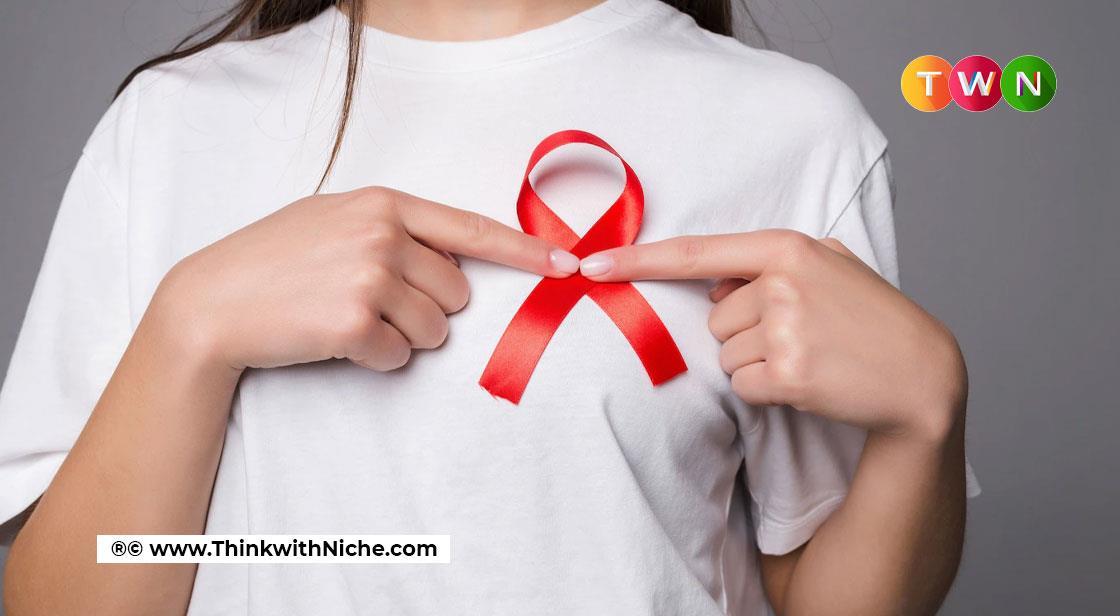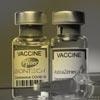WHO Projects 85% Surge in Cancer Cases and Deaths in South-East Asia by 2050

News Synopsis
The World Health Organization (WHO) has projected that cancer cases and deaths in the South-East Asia region will rise by a staggering 85% by 2050. This significant increase is expected to cause a considerable rise in both the number of cancer diagnoses and cancer-related fatalities, signaling a major health crisis for the region.
A Closer Look at the Projection
The WHO’s forecast of an 85% increase in cancer cases and deaths by 2050 paints a troubling picture for the region. In 2022, South-East Asia reported 2.4 million new cancer cases, including 56,000 cases in children. Additionally, there were 1.5 million cancer-related deaths. Among the WHO regions, South-East Asia exhibited the highest incidence rates of cancers affecting the lips, oral cavity, uterine cervix, and childhood cancers. This surge in cancer rates poses serious concerns about the future health landscape of the region.
Focus on World Cancer Day and the Theme "United by Unique"
The WHO’s alarming projection comes just ahead of World Cancer Day, which is observed every year on February 4. The theme for this year’s World Cancer Day, “United by Unique,” calls for a collective global effort to fight cancer. According to Saima Wazed, WHO’s Regional Director for South-East Asia, the theme underscores the unity and shared commitment in combating this widespread disease.
Positive Developments in Cancer Control
Despite the concerning projections, there has been some progress in cancer control efforts in South-East Asia. Notably, there has been a decline in tobacco consumption, which is a major risk factor for several types of cancer. Additionally, six countries in the region have established national cancer control plans, and two countries have integrated cancer prevention and control into their national non-communicable disease (NCD) plans.
Furthermore, eight countries have introduced nationwide Human Papillomavirus (HPV) vaccination programs to prevent cervical cancer, and ten countries are working on global initiatives to combat childhood cancer. Seven countries now have operational population-based cancer registries, and ten countries provide tertiary-level cancer care to a significant portion of the population.
Ongoing Challenges in Cancer Control Efforts
While some progress has been made, challenges persist in the region’s fight against cancer. Cancer control efforts remain fragmented across the region, and national cancer control programs are often not consistently aligned with evidence-based practices. This misalignment can lead to ineffective implementation and a lack of measurable impact.
There is also a need for better policies and guidance to address cancer-causing agents that are prevalent in the region, such as the areca nut, a substance widely consumed in South-East Asia. Additionally, cancer prevention policies and programs are not being fully executed, leading to millions of avoidable cases. Late cancer diagnoses and insufficient national capacity to manage the increasing cancer burden further hinder progress in addressing this issue.
The Path Forward for Cancer Control in South-East Asia
The road to effective cancer control in South-East Asia is undoubtedly challenging, but it is not without hope. With concerted efforts to implement evidence-based national cancer control programs, address cancer risk factors such as tobacco consumption and areca nut use, and expand cancer prevention initiatives like HPV vaccination, the region can take meaningful steps toward mitigating the projected rise in cancer cases.
The WHO’s warning serves as a stark reminder of the urgent need for greater investment in cancer control and treatment infrastructure, as well as public health campaigns to promote early detection and prevention.
You May Like









